Fate of a “Fool”: Dilip Das in Light of Jyoti Basu’s Warning

- Update Time : Sunday, March 16, 2025

In Savar, Hindu gold trader Dilip Das was hacked to death in front of his wife. Within 15 minutes of the news on Facebook, another Hindu gentleman commented, “Dilip Das was a fool; otherwise, why would a Hindu engage in the gold business in this country?”
In the same week, the body of Montu Das from Barguna was found in the bushes behind his house. His crime was that he had sought justice in court after his seventh-grade daughter was raped.
Following Montu Das’s death, most of the country’s leading media outlets did not report the news. Very few media houses covered the incident at all. While anti-rape protests were taking place nationwide, no one mentioned Montu Das’s daughter on the streets. Even after being brutally murdered for seeking justice, no political or social leader issued any statement regarding his death.

The Stifling Silence Around Hindu Persecution
Currently, no media outlet, political figure, or social leader in Bangladesh is taking a firm stance against the persecution of Hindus. This suffocating silence, in the wake of such atrocities, raises serious questions.
Bangladesh has undergone several political shifts before, and Hindus have faced various challenges in those transitions. However, never before has the situation been as stifling as it is now.
On August 15, 1975, Bangladesh experienced its most significant political upheaval. Yet, even then, Hindus did not find themselves in such an insecure position. Though Khondaker Mostaq and later General Ziaur Rahman took power, there was no targeted violence against Hindus. Despite numerous constitutional changes during the Mostaq and Zia regimes that weakened the legal standing of Hindus, there were no attacks on Hindu homes or businesses. There were some informal barriers to promotions in certain professions and administrative sectors, but these had little impact on the broader Hindu community. Moreover, President Ziaur Rahman actively sought to include Hindus in his political party and student organizations.

When General Ershad came to power, even those administrative promotion barriers were removed, and many Hindus saw career advancements. Towards the end of his rule in 1988, he introduced the Eighth Amendment to the Constitution, declaring the majority religion as the state religion. This amendment also aimed to decentralize the judiciary. Prominent lawyers challenged the amendment in court, and President Ershad did not interfere with the judicial process. The court proceedings took place independently, and the petitioners argued that the amendment contradicted the fundamental character of the Constitution. While the judges did not outright reject this argument, Chief Justice Shahabuddin Ahmed chose to retain the state religion provision, calling the issue “sensitive.” This judicial ruling cemented the status of the state religion in the Constitution. No subsequent government has since reversed it.
Near the very end of Ershad’s rule, a few Hindu neighborhoods in Dhaka faced attacks. The government responded immediately by imposing a citywide curfew. The incidents were widely reported in local and international media, with foreign journalists arriving to cover the situation freely. I worked with National Geographic then and collaborated closely with BBC journalist Ataus Samad. No government restrictions were placed on reporting, and all major political parties and intellectuals held peace marches in Dhaka. It is worth noting that at the time, Bangladesh had a strong and respected intellectual class that remained above political influence on such matters.

The Turning Point: 2001
The most extensive wave of violence, killings, and rapes against Hindus in Bangladesh began in 2001, toward the end of the caretaker government led by Latifur Rahman. After the BNP-led four-party alliance won the election, attacks spread across several parts of the country. However, even then, the situation was not as stifling as it is today. Television channels and newspapers provided on-the-ground reports, and intellectuals actively protested. Some were initially arrested, but BNP quickly backtracked, releasing them on bail
Additionally, the advantages of a major political party being in power allowed for some immediate resolutions. I recall contacting BNP leaders, including Secretary-General Mannan Bhuiyan and senior figures like Shamsul Islam, L.K. Siddiqi, and Mohammad Shahjahan, regarding attacks on houses belonging to my acquaintances in Pabna and Barishal. They promptly intervened to resolve the issues. Later, many victims held press conferences, and the government did not obstruct them.
In the last fifteen years of Awami League rule, attacks on poor Hindu communities and puja venues have occurred in Jessore, Brahmanbaria, and Comilla. These incidents were reported by both domestic and international media, and Hindu organizations, along with opposition parties, protested. However, Bangladeshi society had undergone significant changes by then. The once highly regarded intellectual class had diminished; most had passed away, and their absence had not been filled. As a result, social resistance was weaker.
The Media and the Decline of Outspoken Journalism
Among Bangladeshi newspapers and television channels, The Daily Star and Prothom Alo have historically provided the most honest and thorough coverage of Hindu persecution. In 2001, The Daily Star played a memorable role by reporting incidents and publishing a magazine cover story titled Broken Goddess on the Durga Puja celebrations that year.

This August, reports indicated nearly 2,500 attacks on Hindus, yet only Prothom Alo published an extensive news report on it—buried within its inside pages. According to sources, the editor wanted to run the report on the front page but could not. He also had to edit the content before publication heavily. Meanwhile, the silence of The Daily Star on this issue has been shocking. Editor Mahfuz Anam is a good man, so I never asked why he remained silent on this matter.
A Community Silenced
Along with the silence of society at large, the Hindu community itself has fallen silent. The younger generation once raised their voices, demanding to live in this beloved homeland free from persecution. The government, in response, arrested their leader Chimmoy Prabhu on charges of treason, imprisoning him. No lawyer is willing to defend him in court.
As a result, there is no longer any voice speaking for Hindus. The poor Hindu population scattered across the country is left to endure their suffering alone. Only they know how they are surviving, as others cannot know. The persecution now occurs in silence. What has never happened before is happening now—Hindus are being systematically removed from government jobs. This serves as a signal not just for Hindus but for everyone. Each day, Hindus are being subjected to silent persecution and helplessness.
Initially, the government outright denied the attacks against Hindus in August. Later, an official spokesperson acknowledged about 1,200 incidents but claimed that apart from a few cases, the rest were politically motivated. How political motives could explain attacks on remote Hindu families, cases of extortion, or the rape of Montu Das’s daughter remains unexplained. Yet, the government maintains its stance as final.
When governments take such positions, the fate of minorities becomes clear. In the 1990s, Indian politician Jyoti Basu was asked by foreign journalists why his state, which had a significant minority population, did not experience communal violence like other states. The soft-spoken Basu responded with just one sentence: “Because the government does not want it to happen.”
The more I hear Jyoti Basu’s words, the more I shudder.
Yet, these two crore Hindus are citizens of this country. Most of them are poor. No one in Bangladesh today can predict what unknown future awaits them. Because now, the difference between faces and masks has become impossible to distinguish.
The author is a state-award-winning journalist and the editor of Sarakhon and The Present World.



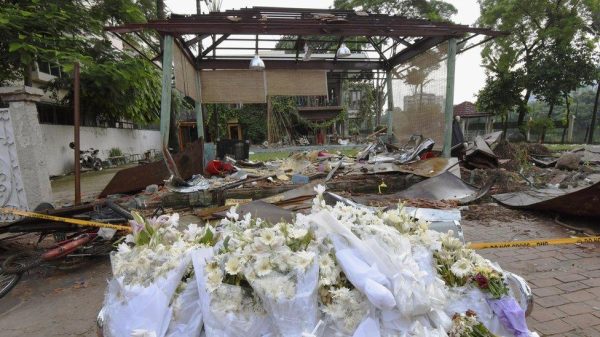
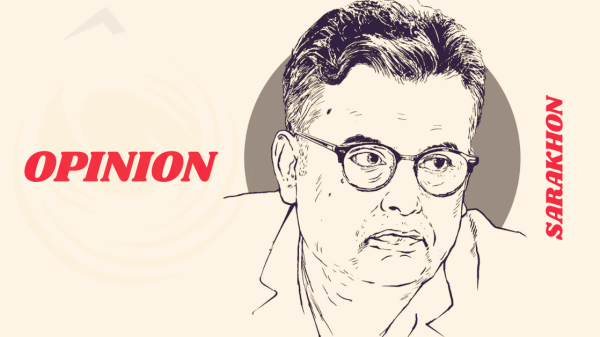
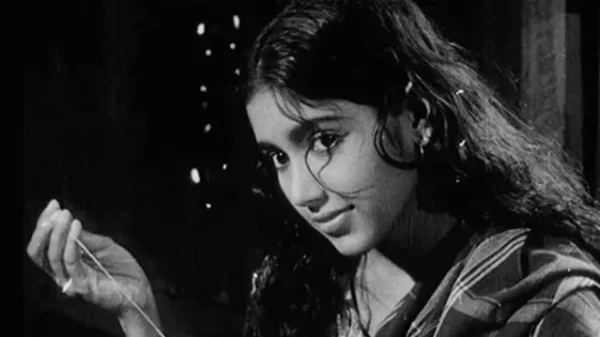
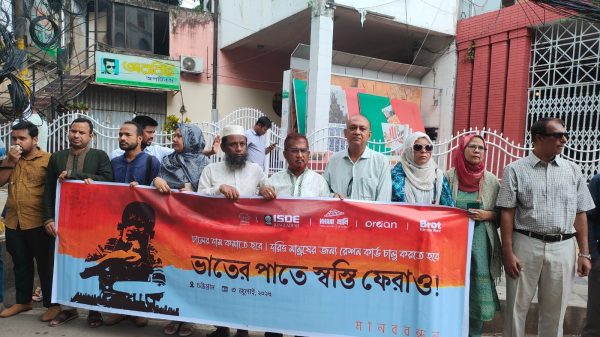
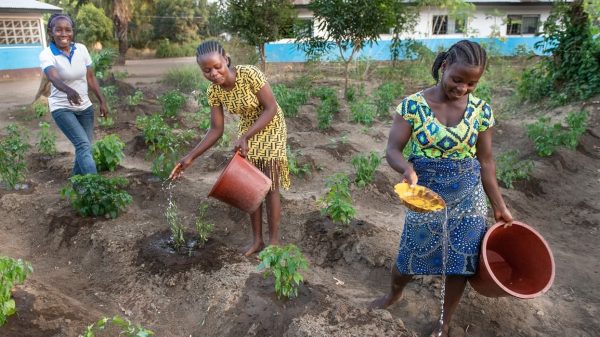


Leave a Reply